The Complete Guide to the Salkantay Trek
You’ve chosen to see the ‘Lost City’ of the Inca, Macchu Picchu. You’ve even chosen the way you’d like to hike there - The Salkantay Trek. But how much should you pay and who should you go with for the hike? What should you pack? What should you expect on the way? What should you do once you reach Macchu Picchu? Read on to have all of your questions and more answered.
Salkantay Trek
WHERE: Peru.
WHY: Excellent hike, outstanding scenery, cheaper than Inca Trail.
TIME: 4 nights
planning
Your first step in your hike to Macchu Picchu is planning. The best times of year to complete the Salkantay Hike and visit Macchu Picchu are during Peru’s dry season, which runs from April to October - outside of this your liable to be walking amidst thick mud from the constant downpours. Your next step when considering the Salkantay Trek is deciding upon whether you’d like to do it independently or with a guide. The trek is by no means impossible to do without a guide - the trail is easy to follow and not at all confusing. My advice is to do the trek with a hiking company - this will save you the need to carry food, set up camp, and plan too far in advance. If you do decide to do the trek solo, your first step is ensuring that you’ve paid for entry to the Macchu Picchu through the Peruvian Ministry of culture website in advance, and then planning your route along the trail. Read on for a general guide to the trail - for a more detailed summary head to Sayonarapushek.com.
Planning on doing the Salkantay Trek? read my other post on the topic over here.
BOOKING
As covered in my other post, Why you should do the Salkantay Trek, there are a variety of tour operators whom can get you up to Macchu Picchu. As the Salkantay Trek has no maximum cap for visitors per day (as compared to the Inca Trail which limits visitors to 200 per day), there is really no reason to book your trek too far in advance. My tip for booking a hike is to go with Create Peru Adventures - they provided me a fantastic experience along the Salkantay Trek and in Macchu Picchu, and I certainly can’t recommend their service enough. My pick for other operators come by word of mouth from other backpackers, but your best bet for other companies aside from Create Peru Adventures are;
However, if you’d like to shop around a bit further, then downtown Cusco is your first stop, the entire area around Plaza De Armas is awash with tour guides and trekking companies, many of which will be advertising the Salkantay Trek. Take a walk amidst the various operators and outfits, spend time getting to know the guides - the trek is going to be gruelling at points, so it’s best to be stuck with a guide that you like, at least. Also, at the time of booking you’l also be asked whether you’d like to add on the experience of climbing Huayna Picchu after reaching Macchu Picchu - my advice for you here is to say yes, absolutely yes. Huayna Picchu overlooks Macchu Picchu, and will afford the hiker a brilliant view overlooking the sight for only a small increase in cost and effort.
PACKING GUIDE
If you are doing the trek with a tour company, then you’ll be spared the need to carry most of this. Remember that you’ll be hiking between elevations of 1000 to 4600 metres - so the temperature is going to range between sub zero to tropical. There is also a high likelihood that it will rain along the way. So, follow this list and pack accordingly.
Loose hiking pants
Waterproof jacket
Several t-shirts
Thermals
Gloves and a beanie
Sunglasses (preferable polarized)
Hiking boots (don’t wear vans for half the trip like I did - the blisters will haunt you)
Trekking socks (for trekking during the day)
Comfortable socks (to wear at night)
Thongs (or sandals as non-Australians call them. These will be useful to wear at night or when you’re getting around camp)
Sun cream
Swimming attire (not for the glacial lakes - there are hot springs on the way)
Mosquito repellent.
Passport.
Extra Money (this one is an absolute must, there will be shops and even a bar along the way)
Make sure you pack some warm clothes like Laurence here.
DAY-BY-DAY GUIDE
Day 1: Mollepata to Soraypampa: 20 km
Some shots of pisco at the Apacheta Pass
First day of the hike and you’re off to a raring start. After meeting the trekking staff and horses that will be taking care of your bags you’ll be starting with a 250 metre ascent through idyllic Andean countryside for about 2 hours until you reach Soraypampa, where you will most likely have lunch. Next, you’re off past a spectacular glacial lake onto your campsite for the evening at Salkantaypampa. After about 3 hours more trekking you should be home safe.
Day 2: Salkantaypampa to Collpapampa: 22 km
Gang at the Apacheta Pass viewing Mount Salkantay
Day two is off and away. Prepare yourself - today you’re tangling with altitude. After a three hour hike amongst switchbacks and winding trails set down by the Inca before you, you’ll be crossing the highest point of your climb, through the Apacheta Pass at 4600 metres - make sure to drink plenty of water to compensate for altitude sickness. Take in the spectacular view of Mount Salkantay (it will be the really, really big mountain) and then move down off the pass and carry on to your destination at Collpapampa - where there are hot springs should you feel keen for a swim
Day 3: Collpapampa to La Playa: 16 km
Nothing in life tastes as good as this beer did at the end of day three
Time for a change in scenery? Why not. Day three will start with an easy 2-3 hour hike down from the Andean highlands into a high altitude jungle zone, Ceja De Veda. here you’ll be introduced to a huge variety of stunning plant and bird life and will pass a stunning waterfall - shower anyone? Carry on afterwards to your campsite at La Playa. Here you will find a tiny shop (glad you brought that money now), where you can buy cold beer, snacks, and kick back on hammocks in the afternoon light.
Day 4: La Playa to Aguas Calientes: 25 km
Final day trekking the train lines to Aguas Calientes
The final day of hard hiking. after getting up early you’re strapping yourself in for your longest hike yet. Along the trail today you’ll see remnants of some Inca ruins, banana and coffee plantations, and a picturesque view of the Santa Teresa Valley. After stopping for a bite to eat at Llaqtapata you'll catch your first glimpse of Macchu Picchu - although it will be the backside of the famous mountain. after hiking downhill for two hours you will reach an old hydroelectric plant - here the horses and other trekking staff will depart. From here you’ll walk along the old train tracks for 2 - 3 hours where you’ll reach the town of Aguas Calientes. This little tourist town has a variety of restaraunts, bars, and tourist gimmicks to keep you busy, and your guide will have booked you out a hotel or hostel for the night.
Day 5: Aguas Calientes to Machu Picchu Peak: 9 km
Ok, this day is crucial. Wake early (4 am), and get down to the gates at the edge of town by 4:30 am - 5:00 am. Macchu Picchu itself opens at 5 am, but you have a sharp climb uphill before reaching it. Make sure you pack a torch - the way is likely to be unlit by the sun if you climb as early as I did. The last ascent from Aguas Calientes to Macchu Picchu is a gruelling hour long climb up a running series of switchbacks - I signed on for the dubious challenge of running this climb, allowing me to enter the gates before anybody else and providing me 2-3 minutes at Macchu Picchu without any other tourists in the frame. Pyrrhuc victory? Possibly - but well worth it. Once you reach Macchu Pichu the site is your oyster - your guide will most likely take you on a brief tour and then let you wander the site at your leisure. If you pre-purchased tickets to Huyana Picchu you can now ascend the half an hour hike up to this final peak - the view will definitely be worth the exertion, and you’ll be surrounded by only a small crowd of other tourists motivated enough to take another climb. Trust me on this one, seeing Macchu Picchu means climbing Huyana Picchu - that last half an hour of climbing will be some of the most rewarding in your life.
Forgotten anything about the Salkantay Trek? Let us know in the comments below!
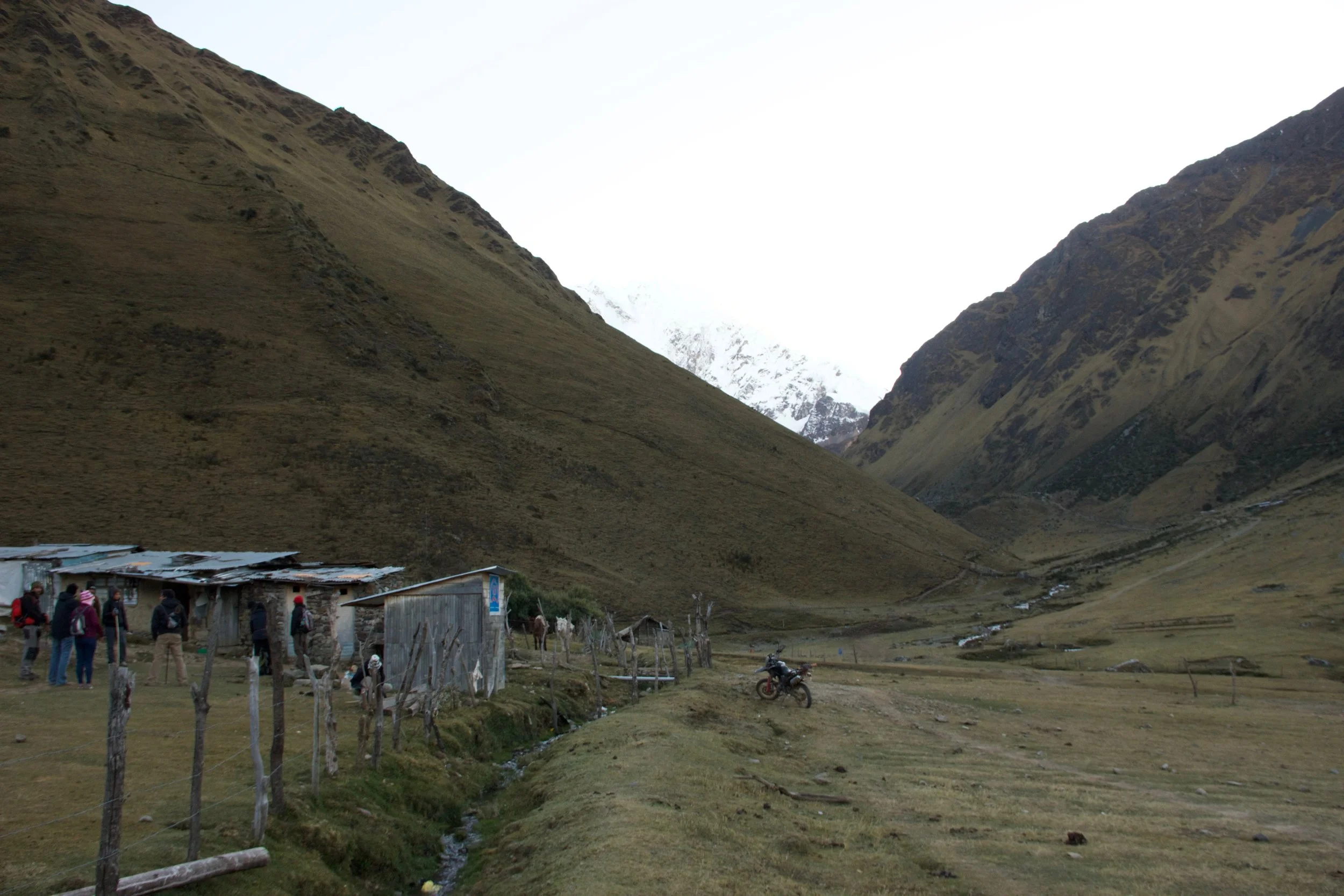
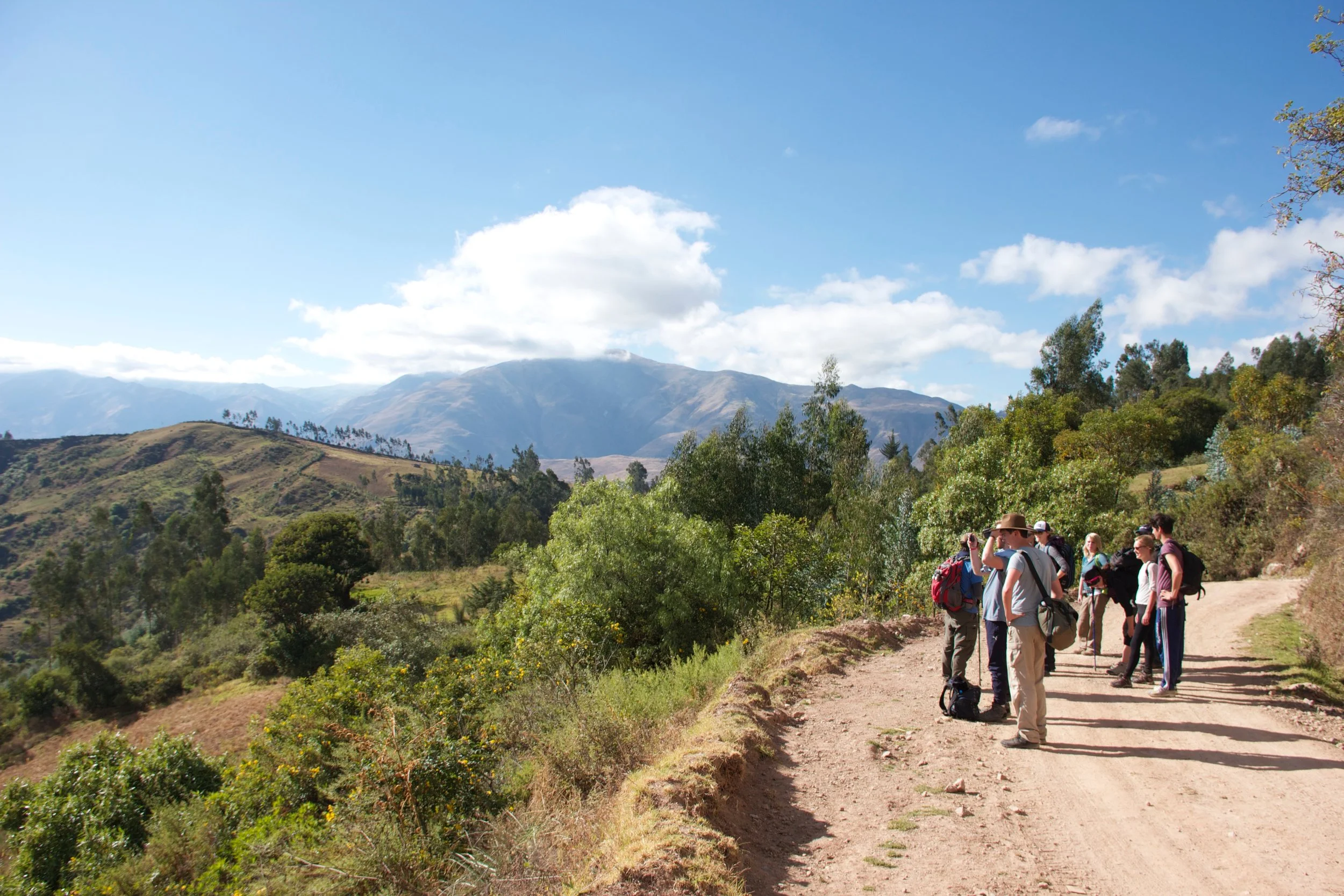
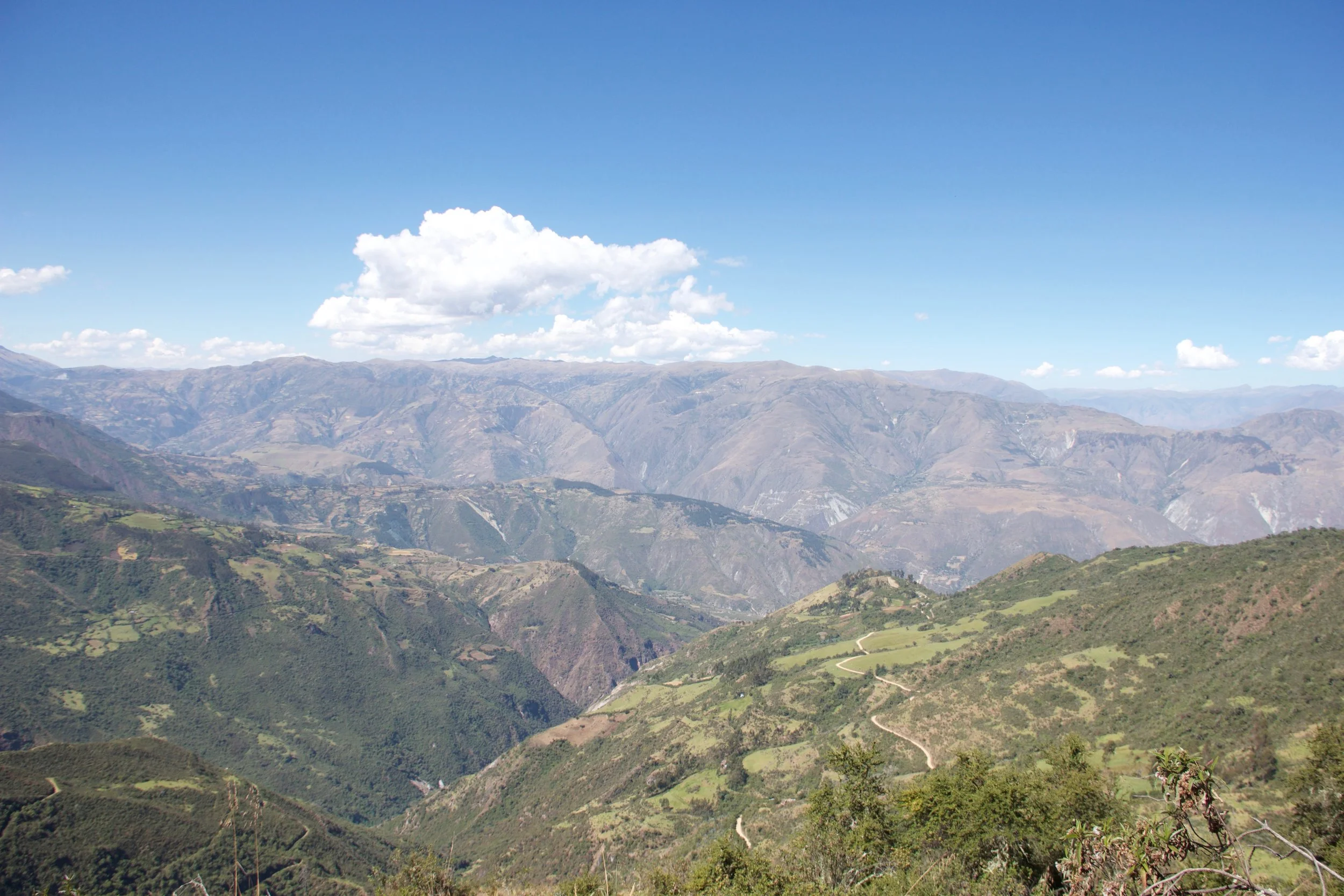
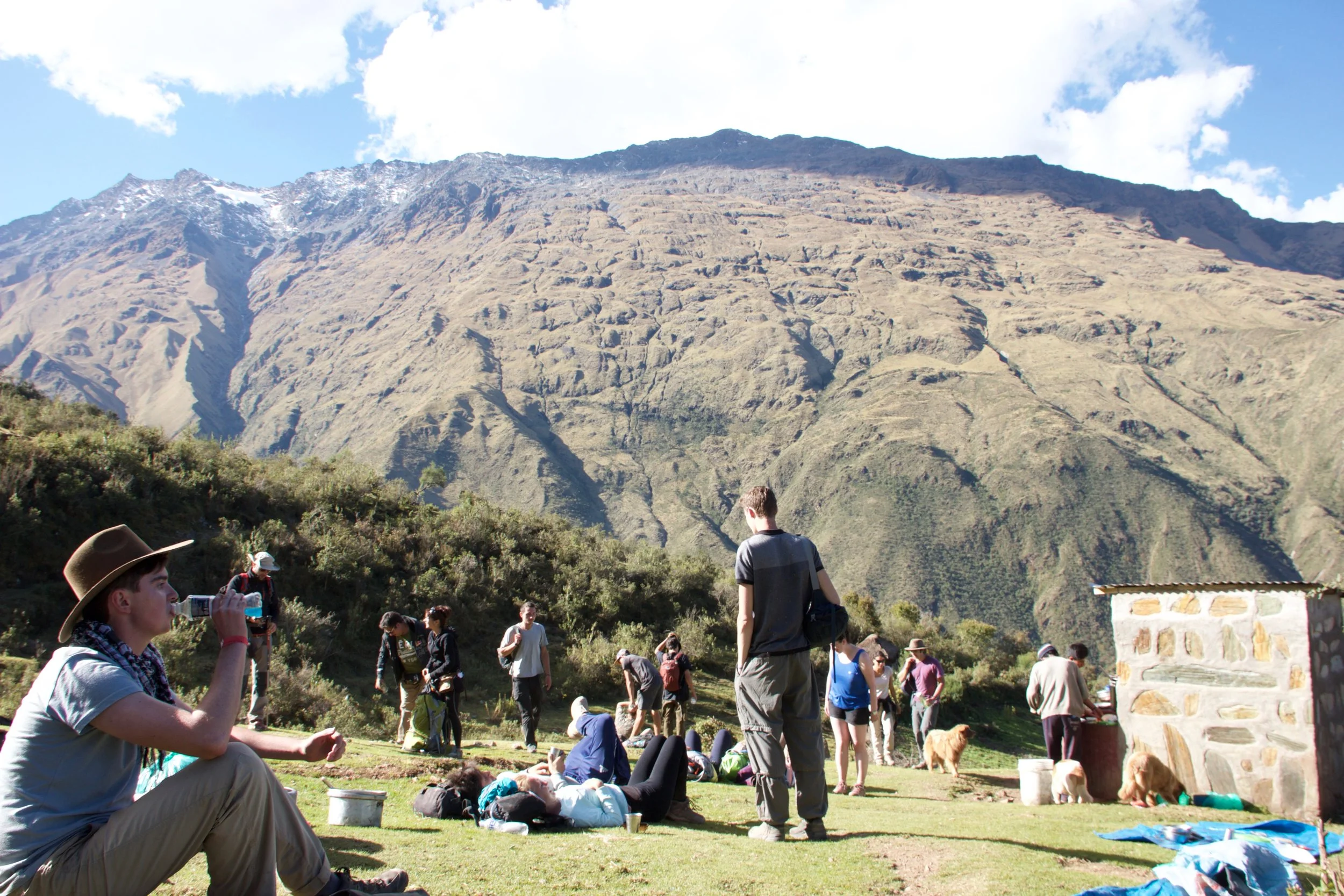
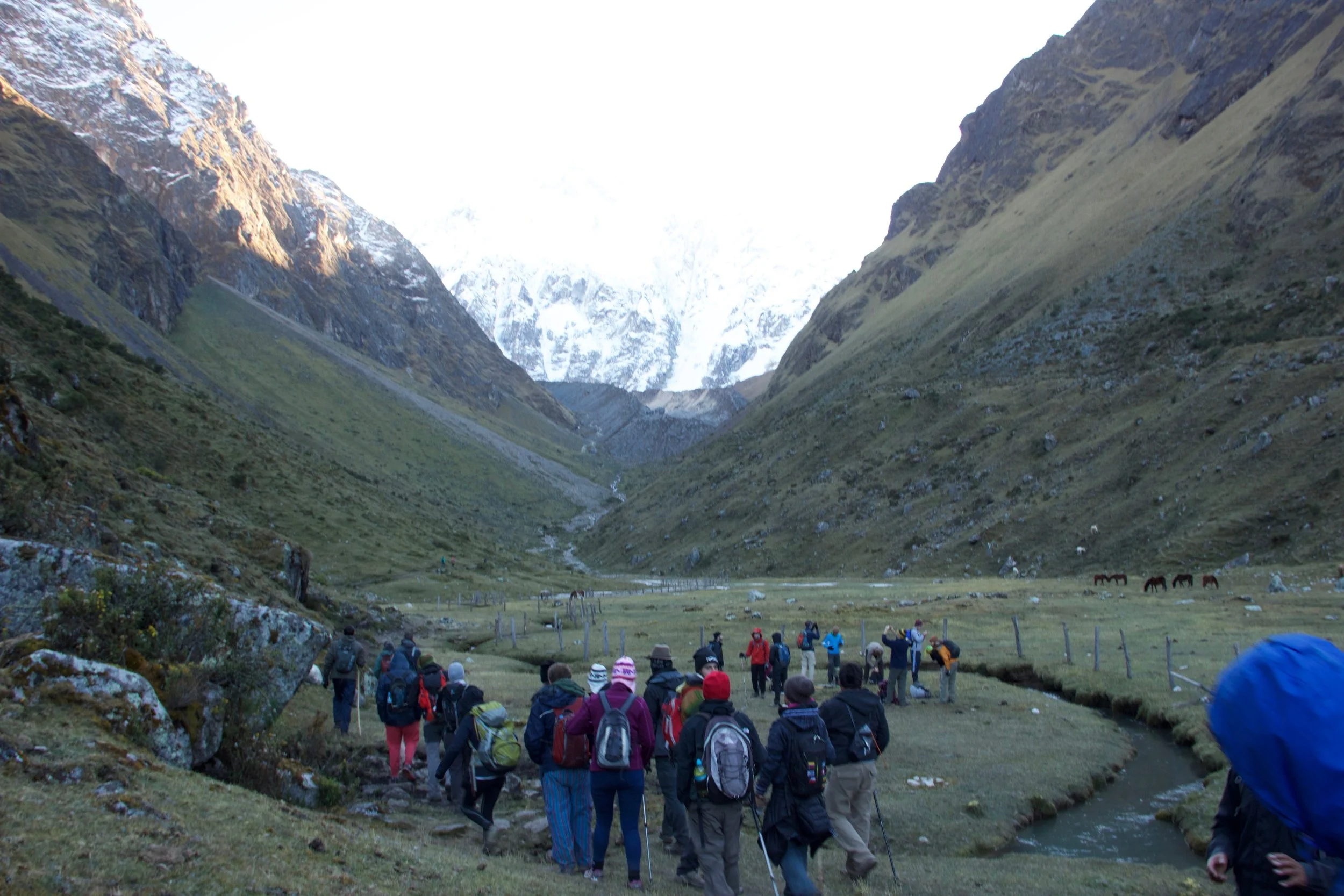



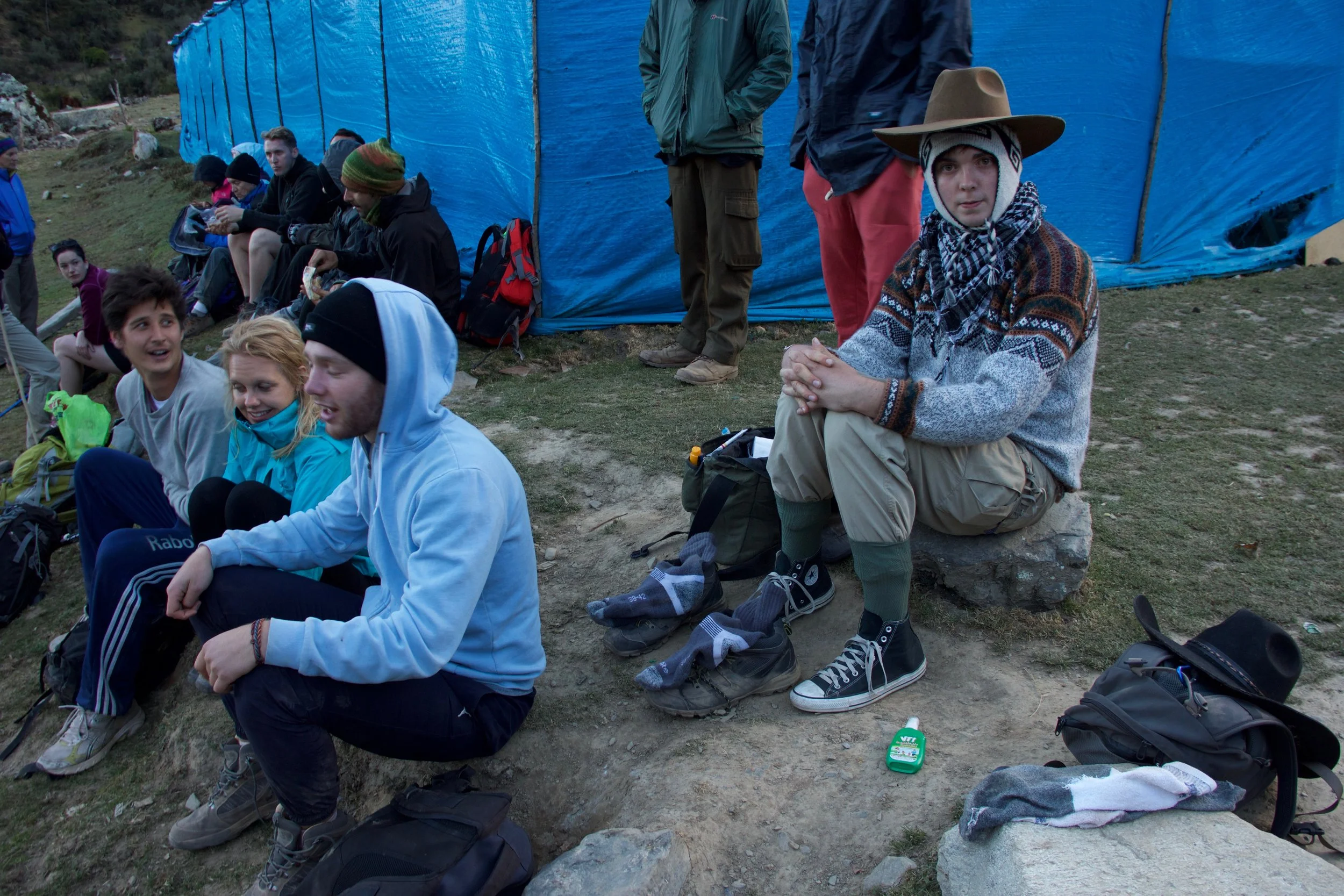
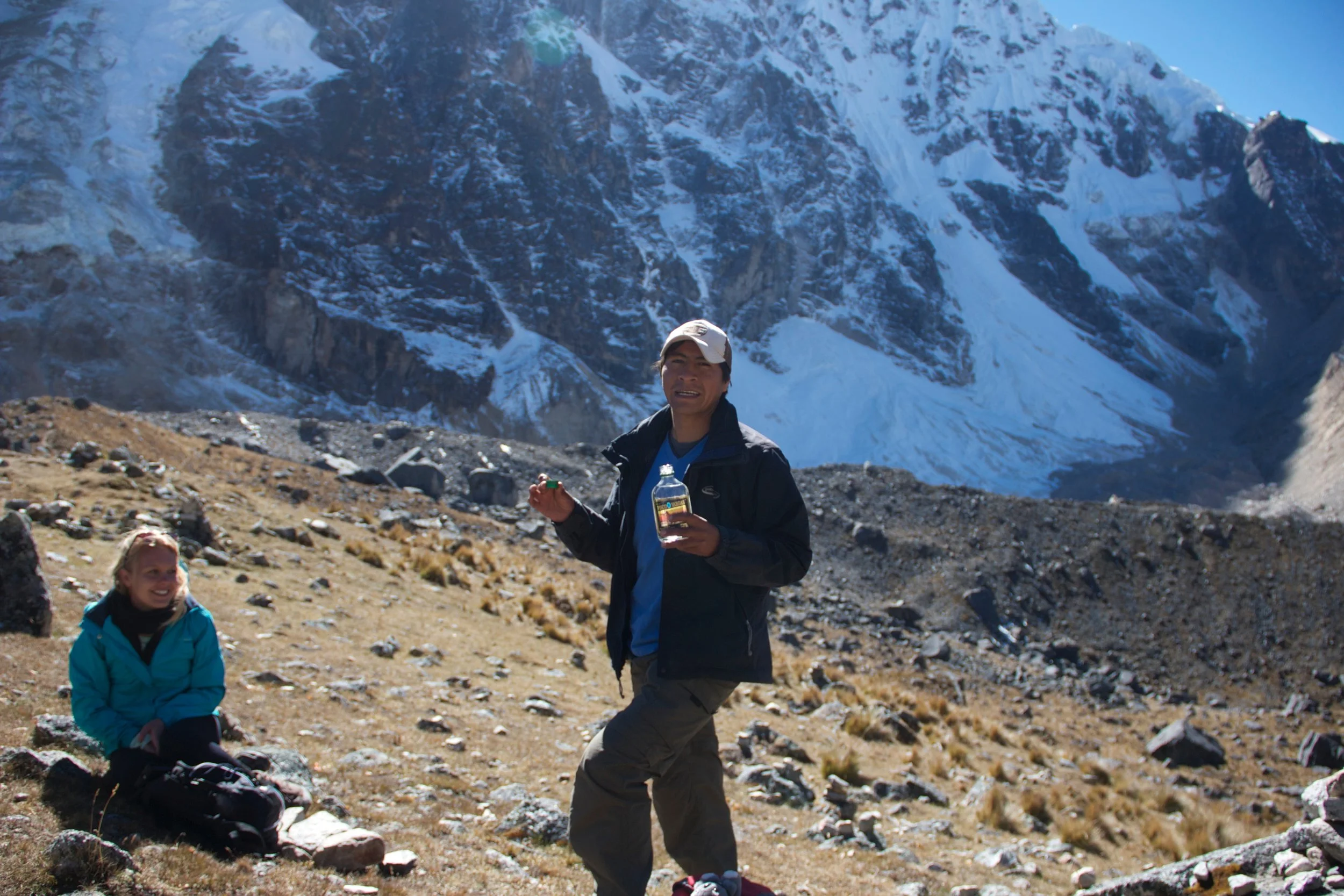


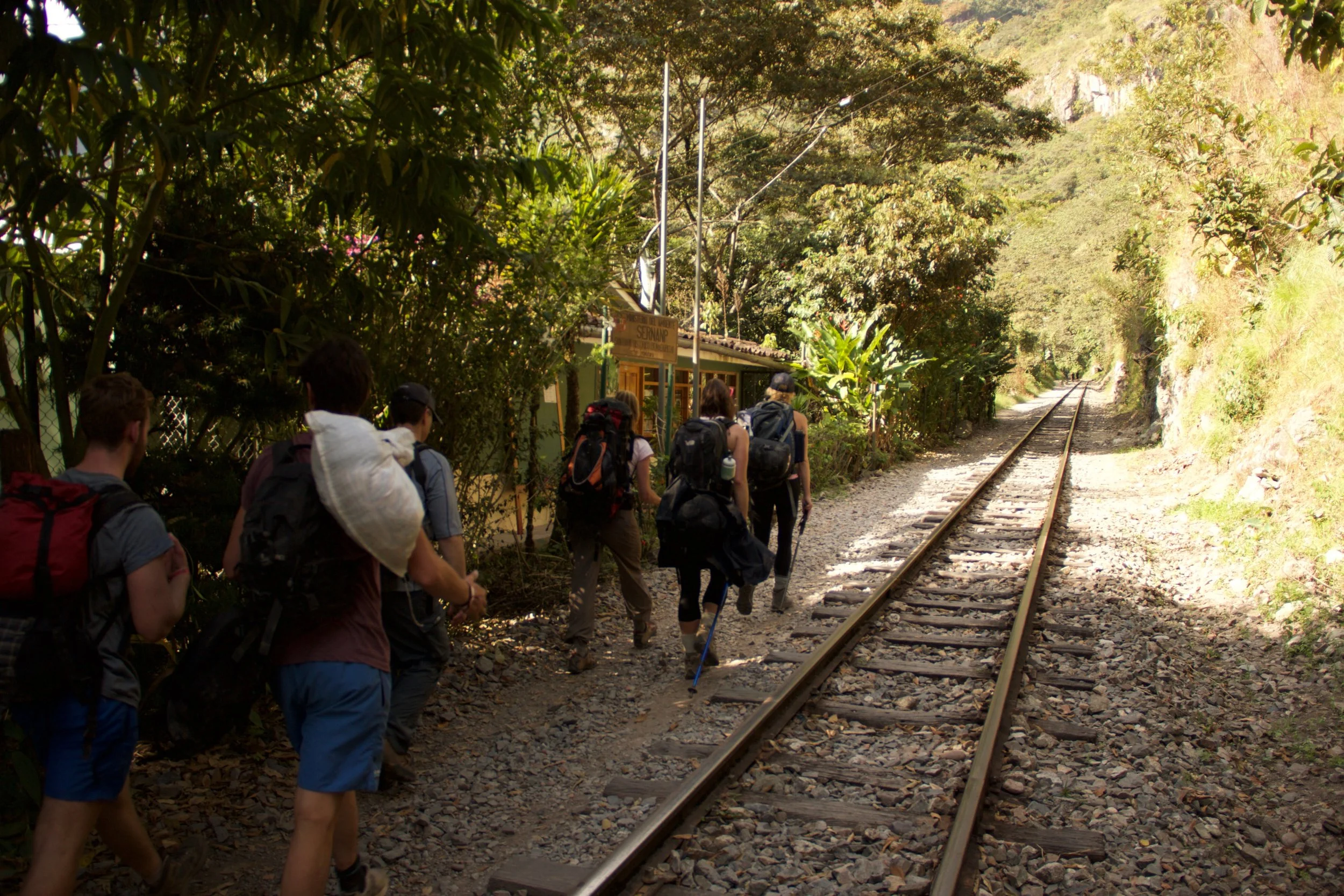
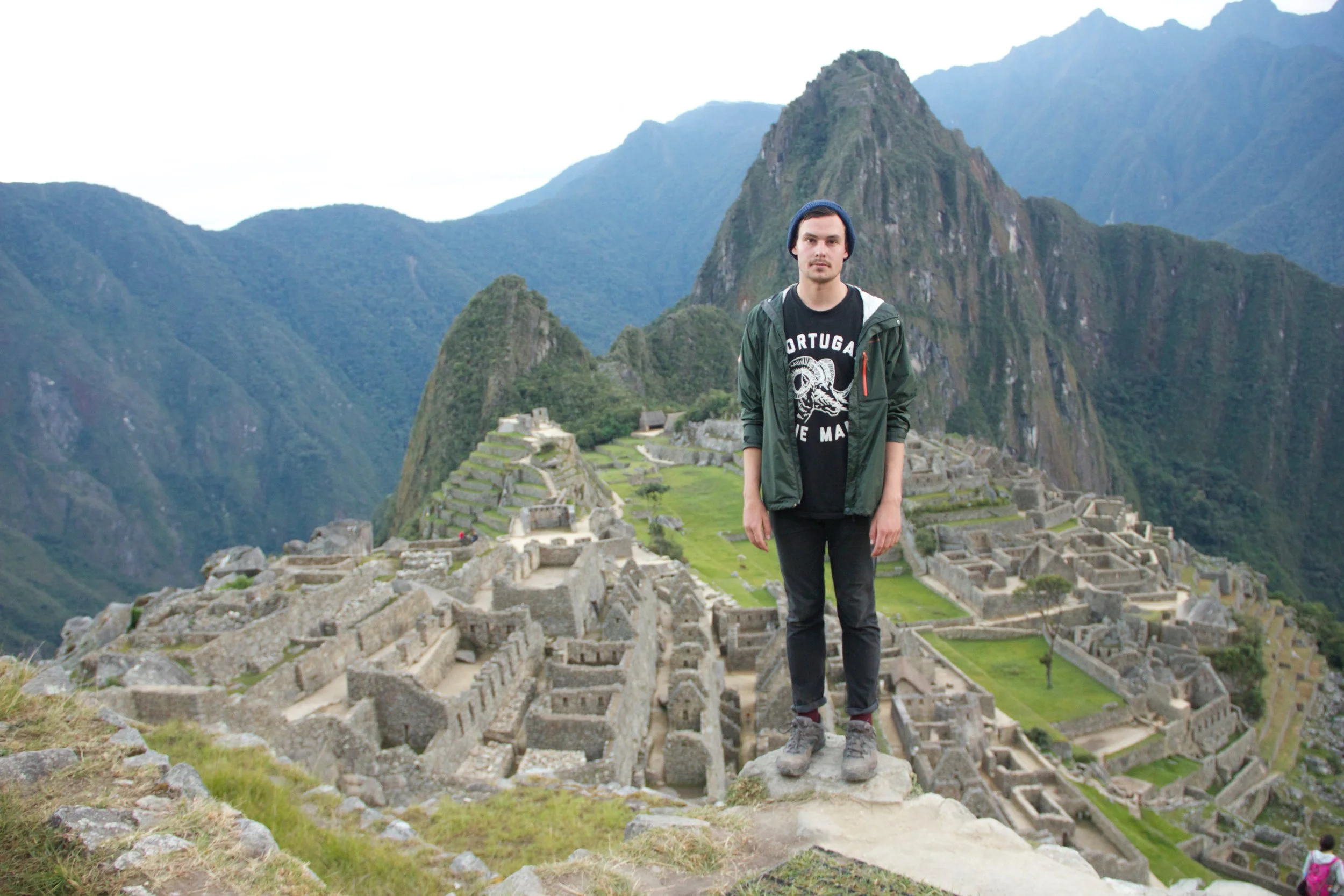









Short-form story detailing an experience in Sacred Valley, Peru.